Hello!
Last year i did a trip around Neusiedlersee, Burgenland, Austria.
To get a feeling for battery degration, i did this trip today again. Battery temperature was today a little bit higher as last year (2014: 19,1°C -> 21,3°C, 2015: 23,4°C -> 25,8°C).
I discharged the battery from 100% to 2% Soc on this trip. This means 15.325Wh - 737Wh = 14.588Wh (98% DoD). So the useable battery capacity (100% DoD) is 14.885Wh. Last year this value was 14.865Wh.
So i can't talk about appreciable battery degration 20.000km later. Unknow to me is the impact of battery temperature: the battery was round 4°C warmer as last year.
caniOn ScreenShot 2014:
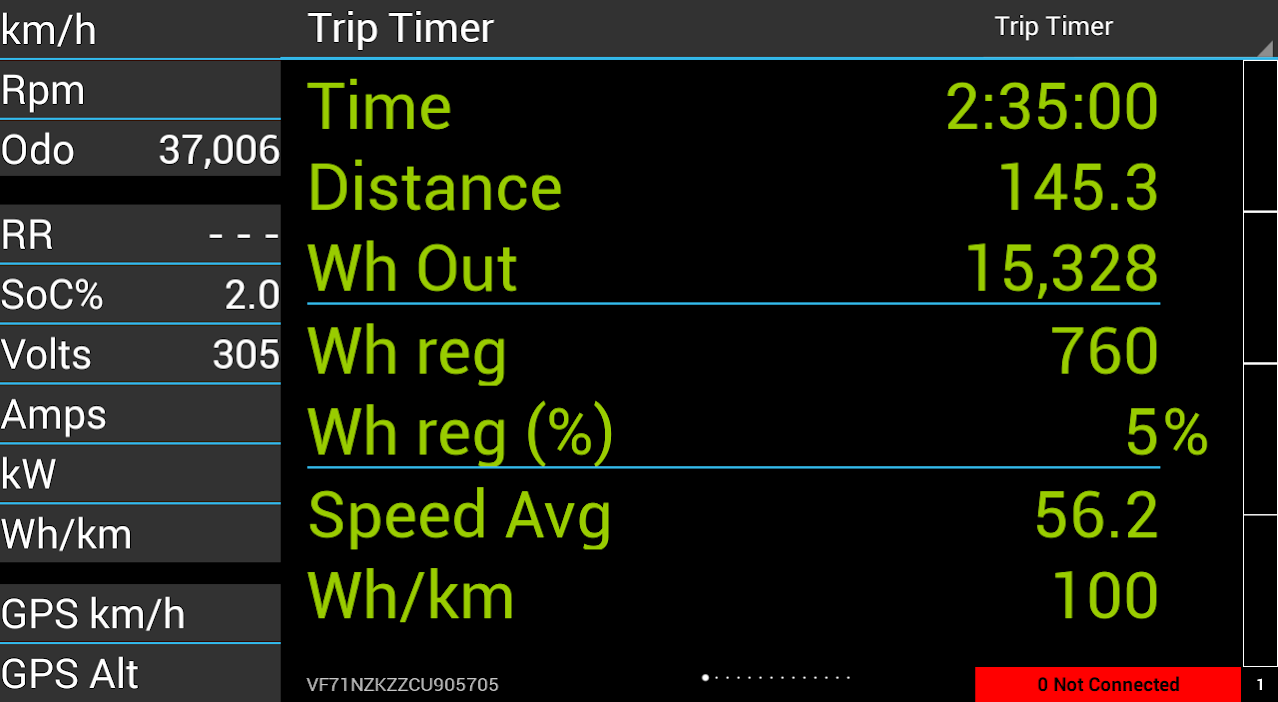
caniOn ScreenShots 2015:

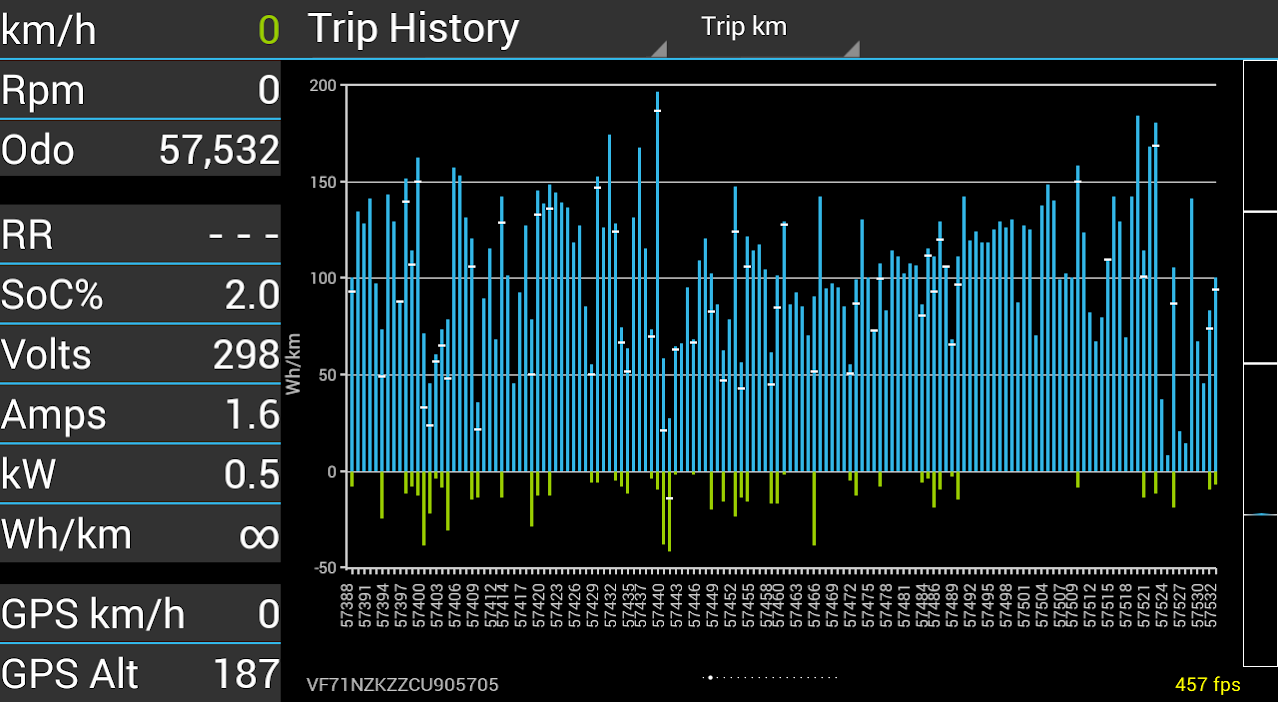

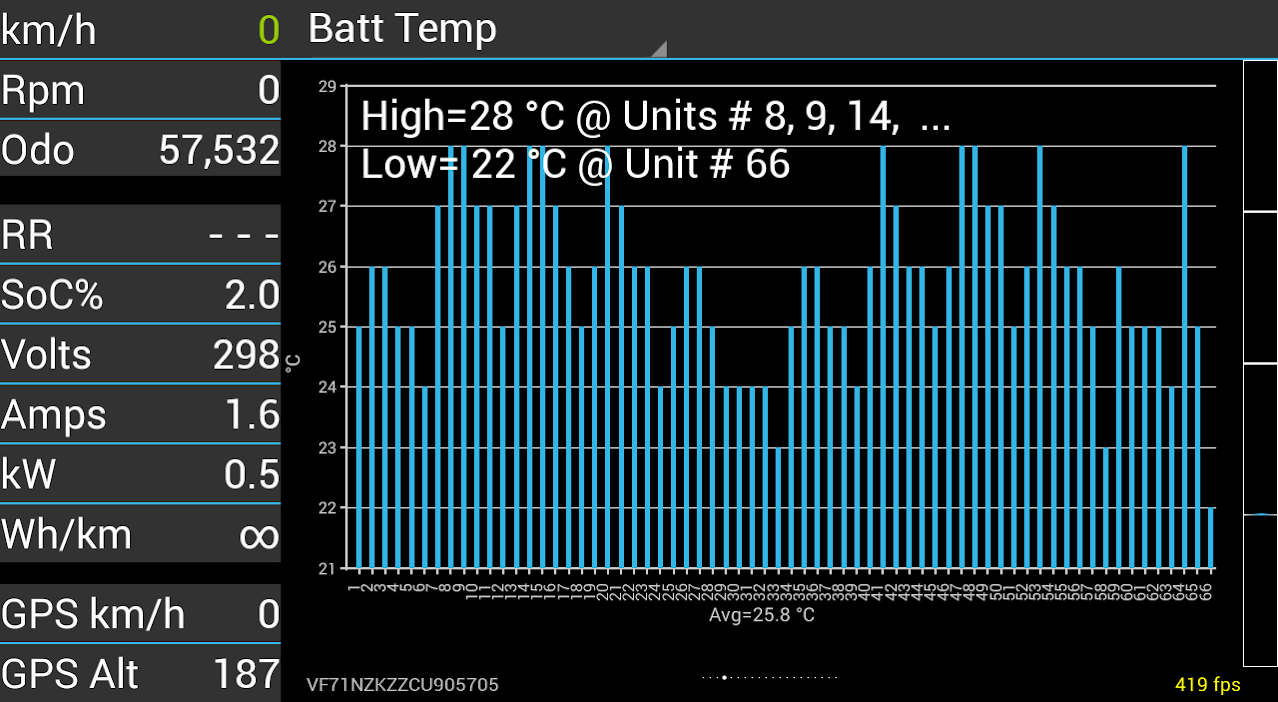
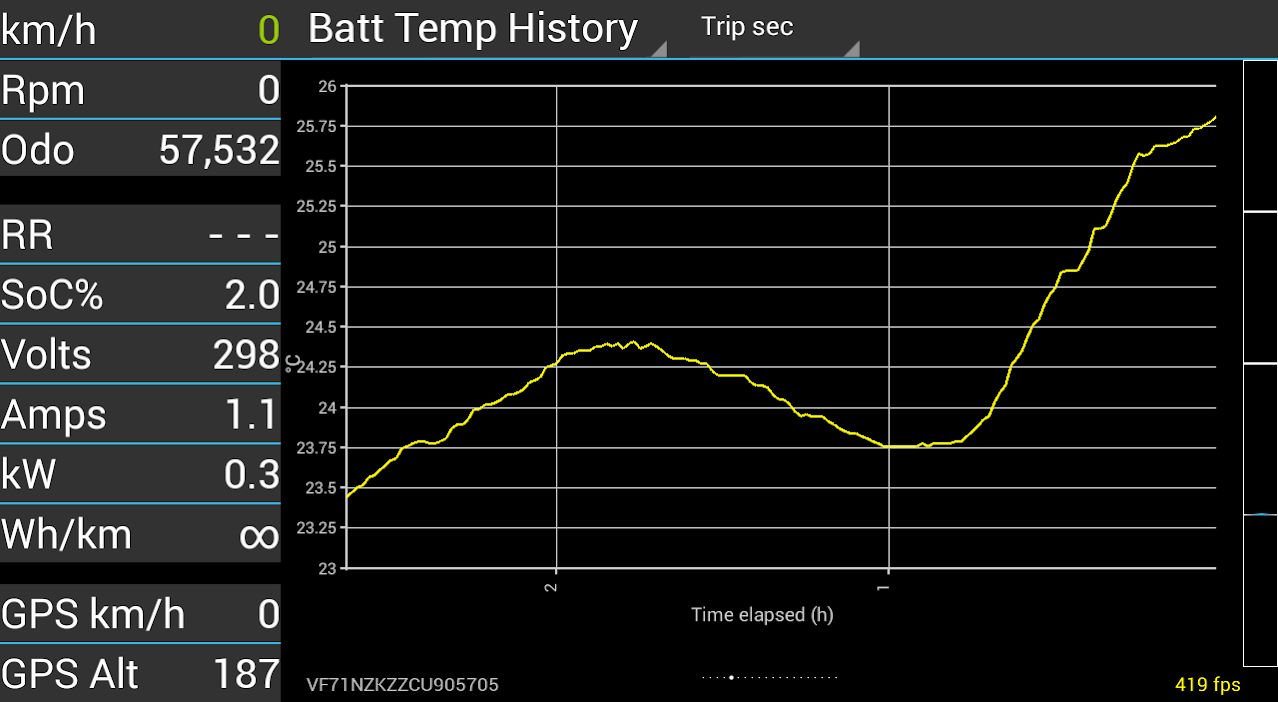
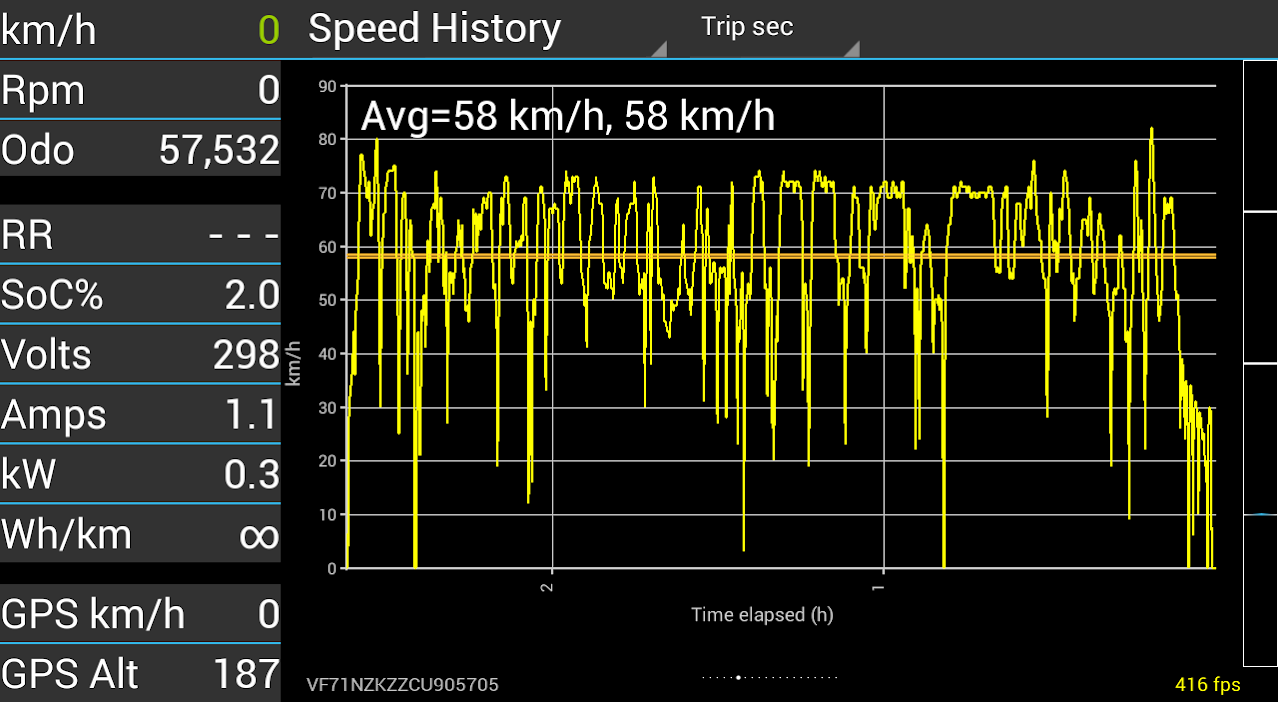
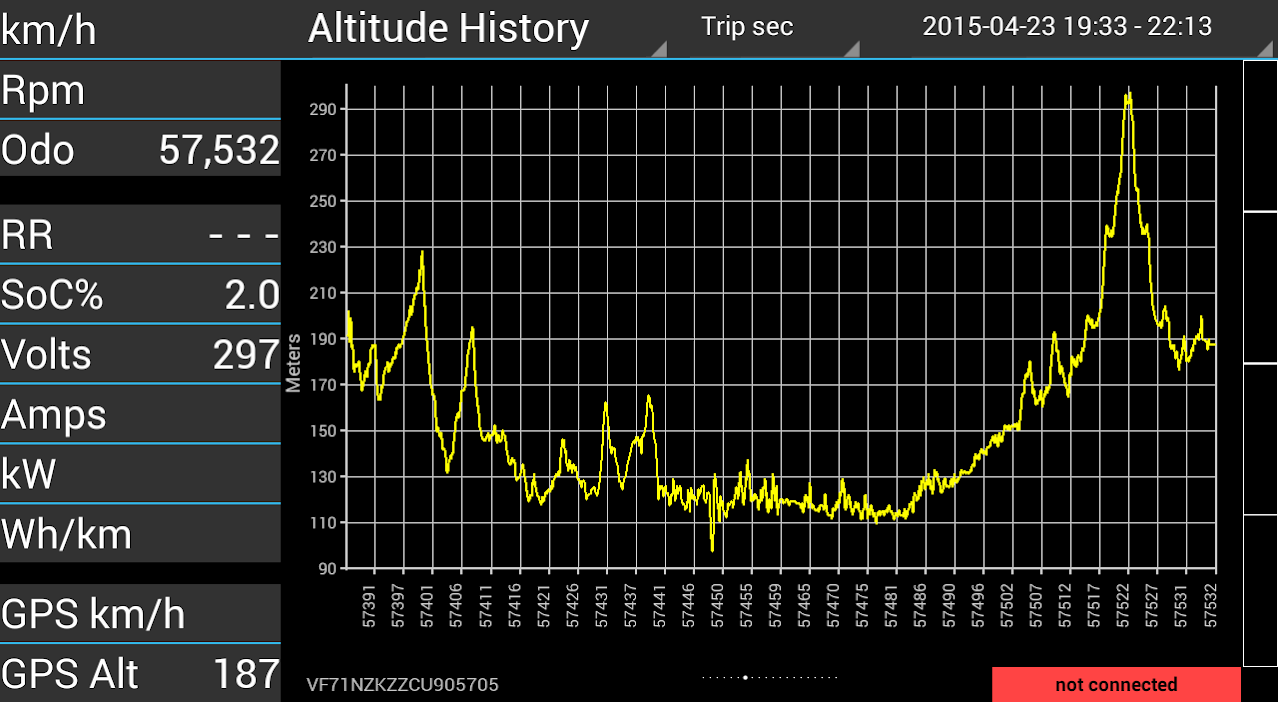
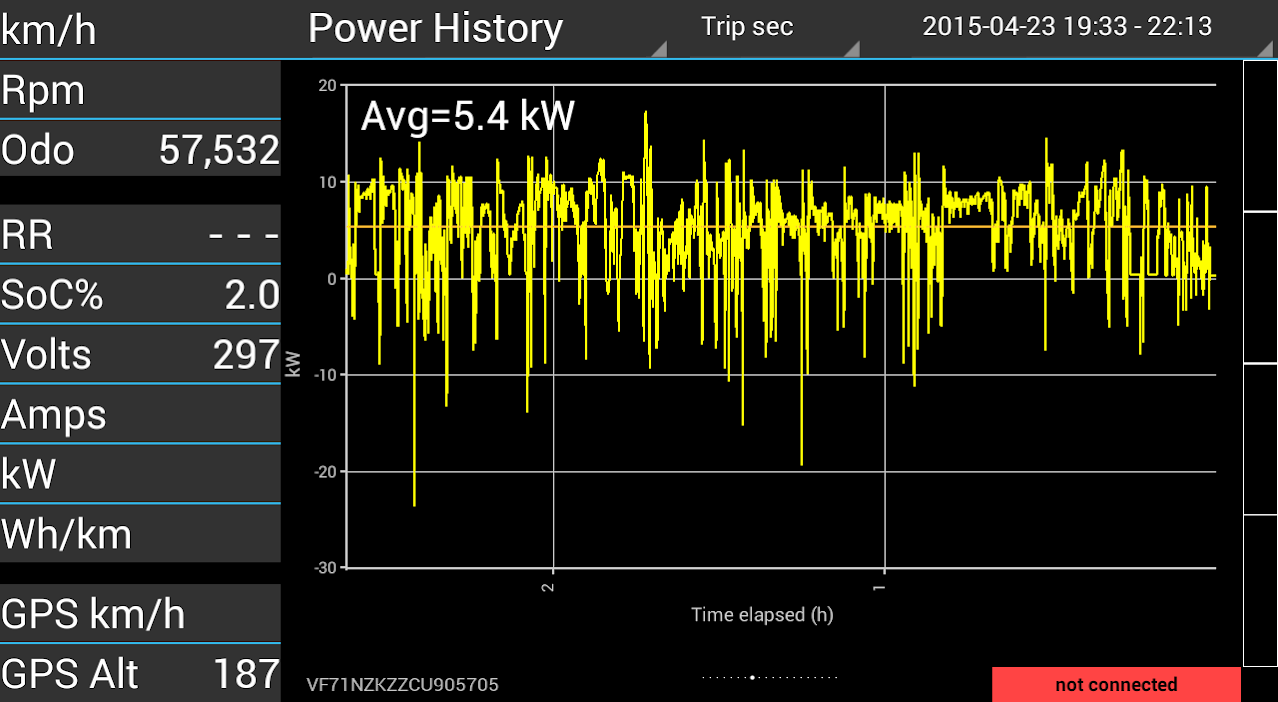
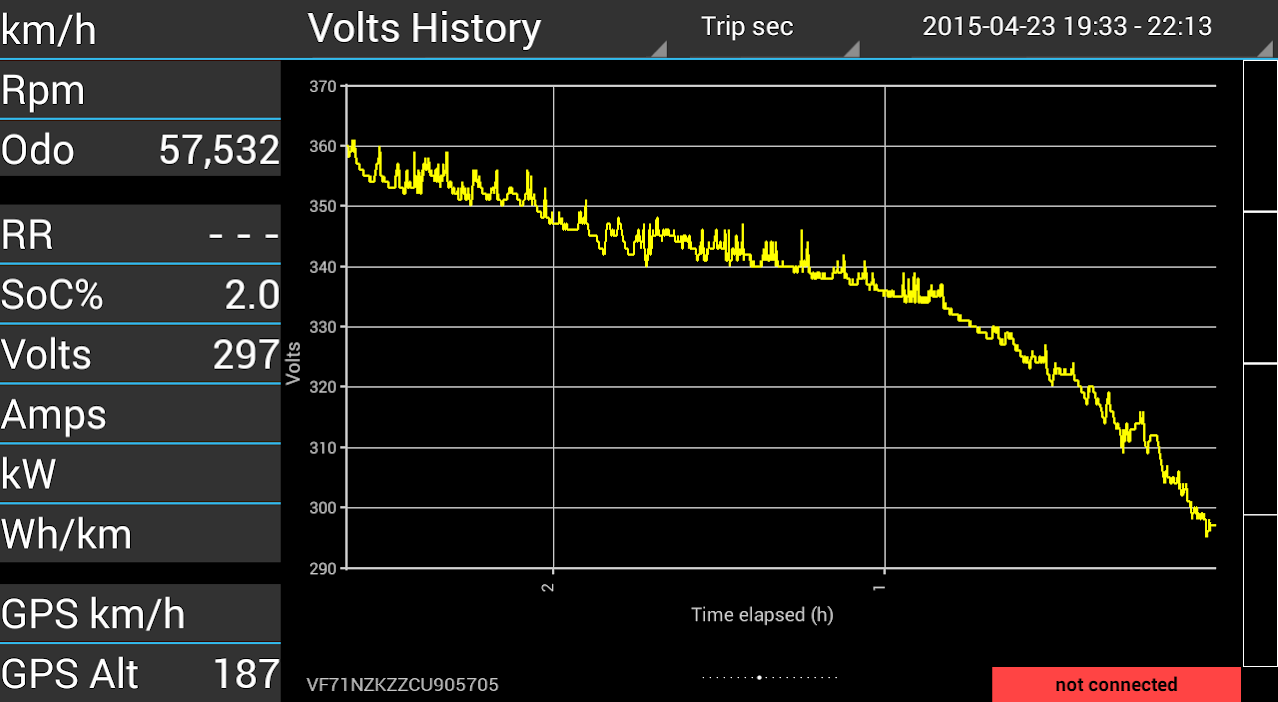
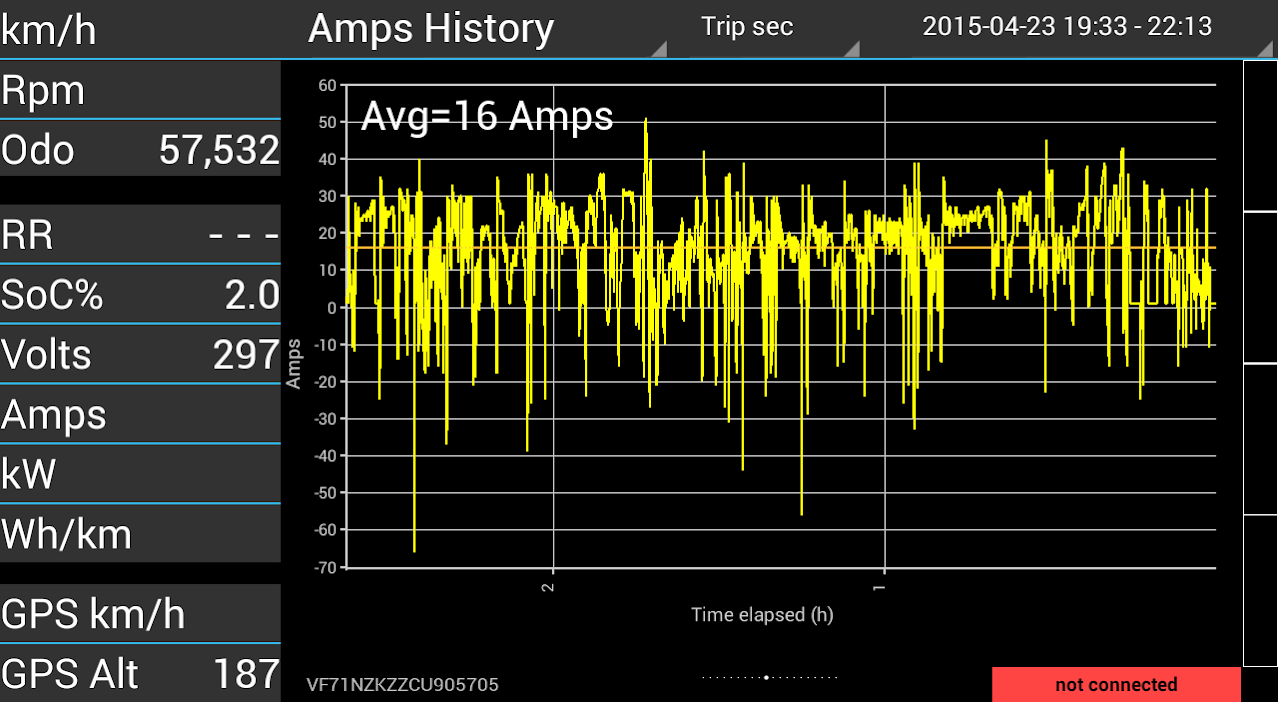
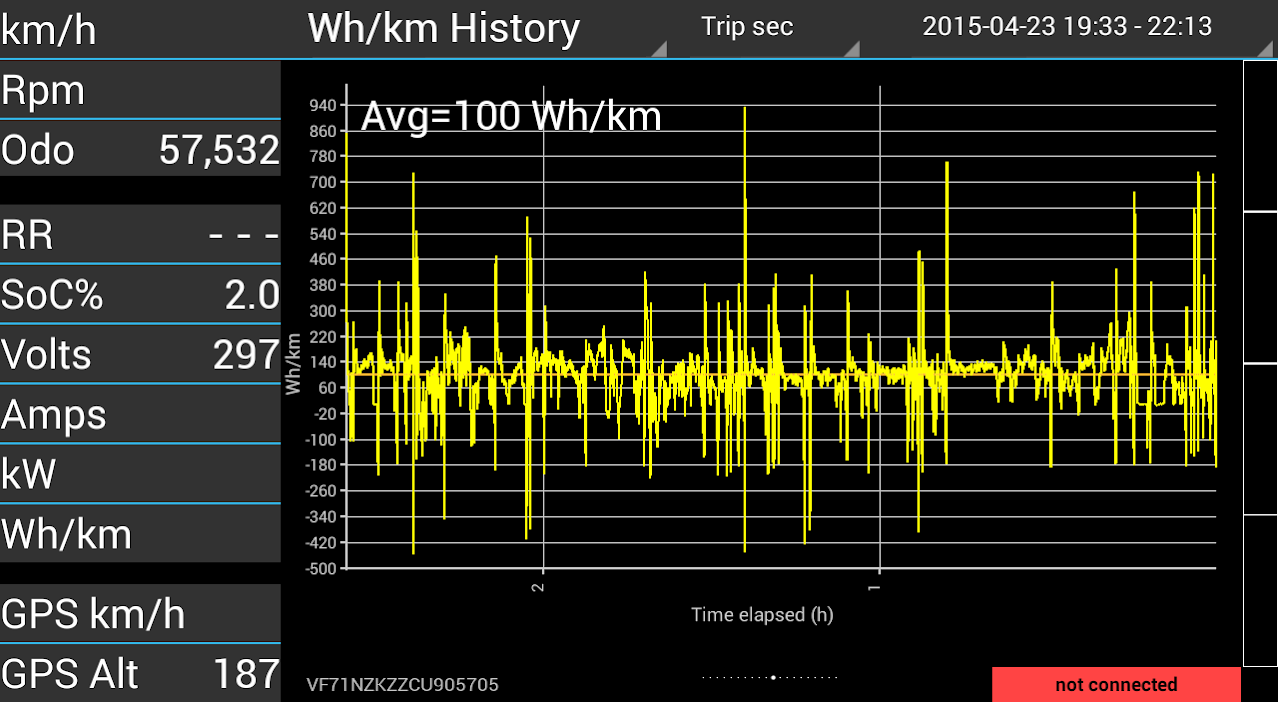
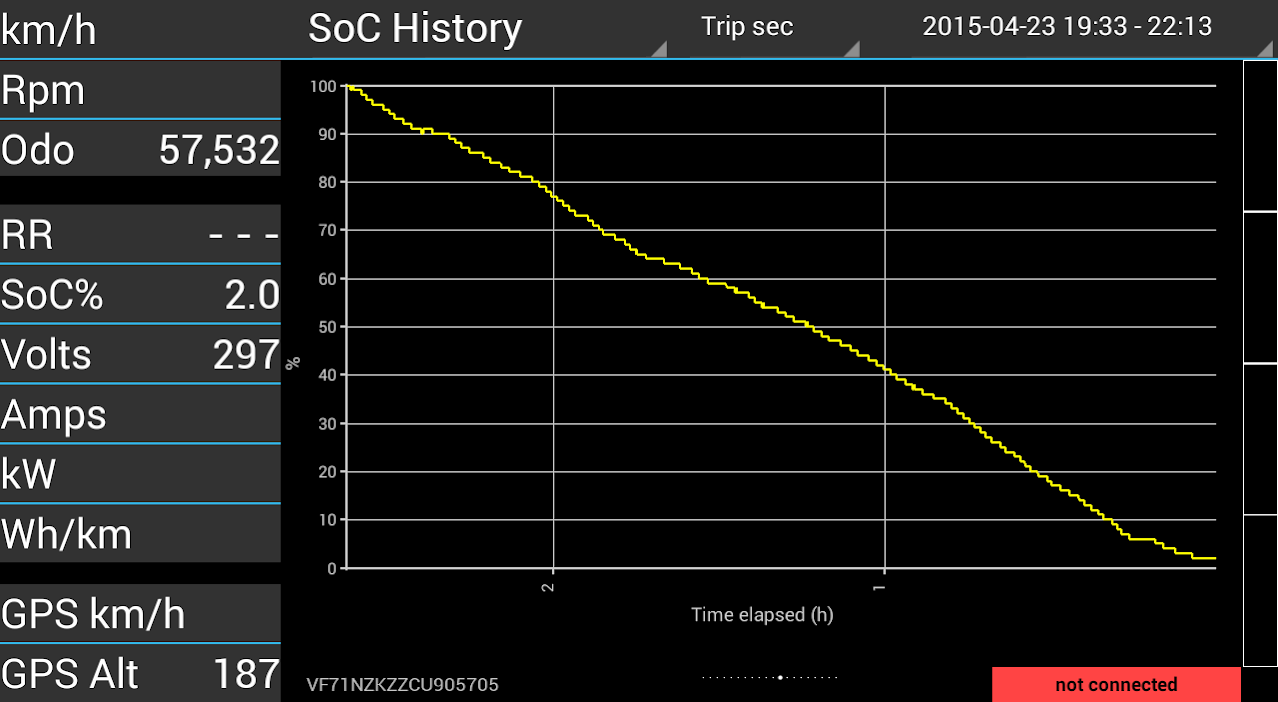
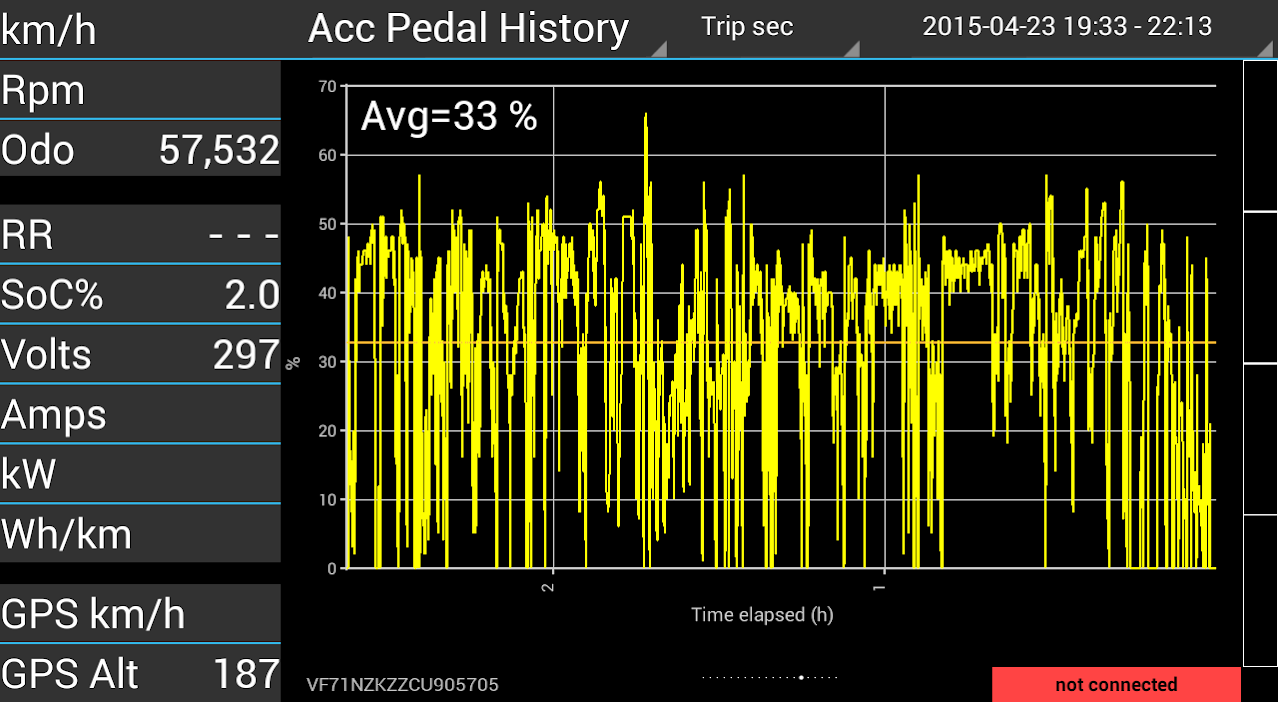
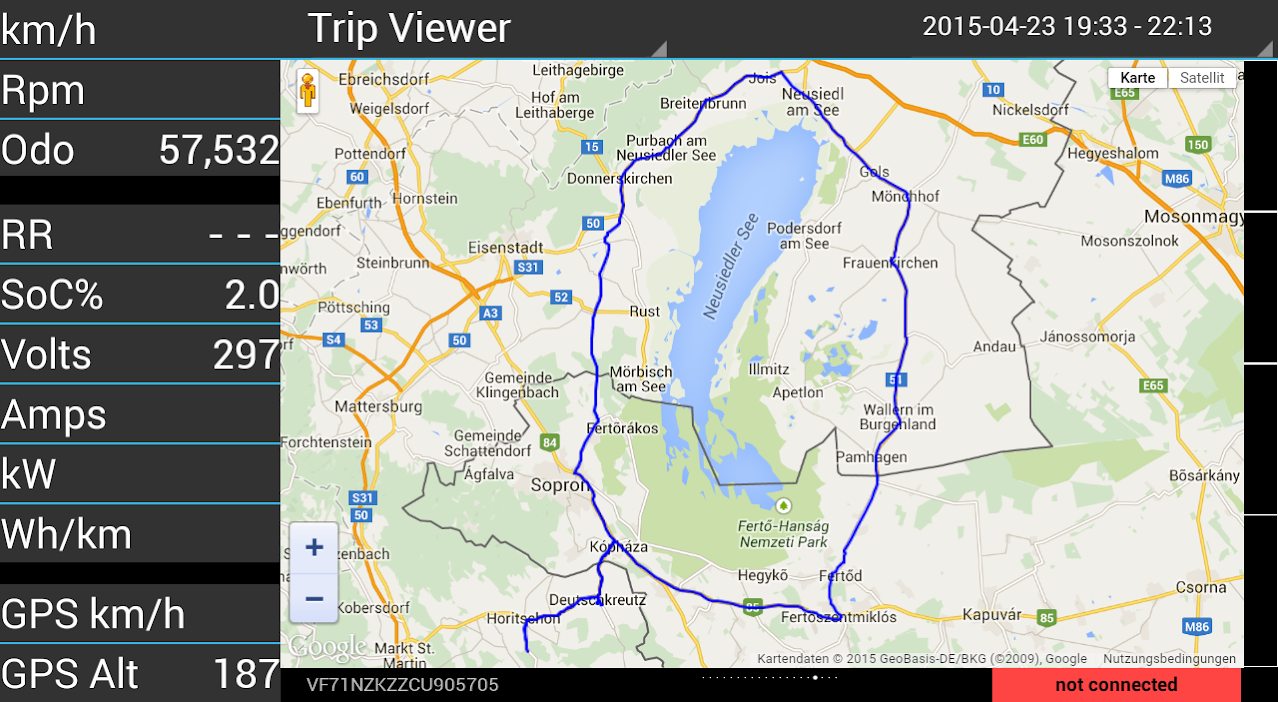
Martin
Last year i did a trip around Neusiedlersee, Burgenland, Austria.
To get a feeling for battery degration, i did this trip today again. Battery temperature was today a little bit higher as last year (2014: 19,1°C -> 21,3°C, 2015: 23,4°C -> 25,8°C).
I discharged the battery from 100% to 2% Soc on this trip. This means 15.325Wh - 737Wh = 14.588Wh (98% DoD). So the useable battery capacity (100% DoD) is 14.885Wh. Last year this value was 14.865Wh.
So i can't talk about appreciable battery degration 20.000km later. Unknow to me is the impact of battery temperature: the battery was round 4°C warmer as last year.
caniOn ScreenShot 2014:

caniOn ScreenShots 2015:














Martin



































